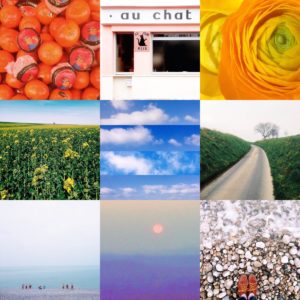
The gruesome Algerian War ended in 1962 with France walking away empty-handed from a territory that it had held for 130 years and considered not just a colony but an integral part of itself. The refusal of the pieds-noirs, the French colonists in Algeria, to concede meaningful rights to Arab citizens had made a peaceful independence impossible. The war, which featured ideological and tactical use of terrorism and torture on both sides, now a hallmark of intractable conflicts between the West and the Islamic world, brought down multiple French governments and the Fourth Republic before Charles de Gaulle accepted the inevitable. It also brought a flood of immigrants, harkis, Algerians who had fought on the French side; and many more who hadn’t, as France entered les trente glorieuses, its 30-year period of post-war prosperity. During this same period, Algeria’s economy, weighed down by state dominance, corruption, and dependence on hydrocarbons, failed to produce opportunity for its youthful, fast-growing population. Some five million people of Algerian descent live in France today, many in the crime-ridden housing projects of French suburbs, where integration is almost impossible.













